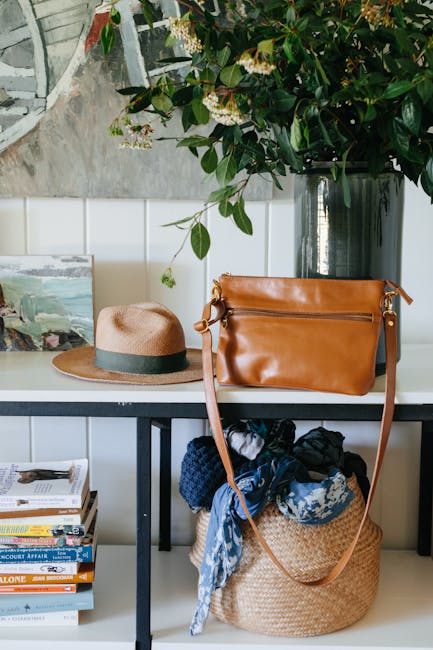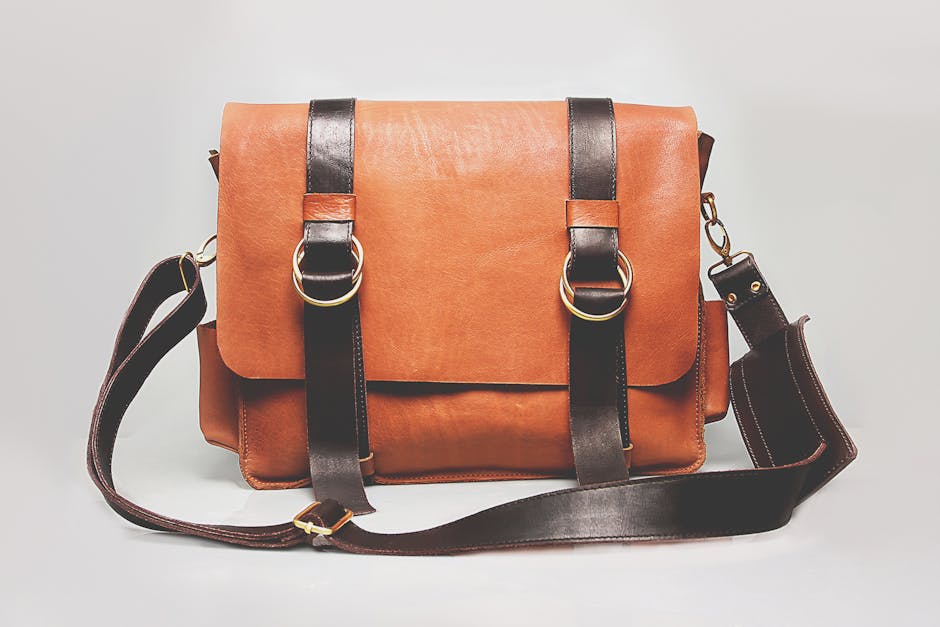Indoor Art Curation: Selecting the Right Artwork for Each Room in Your House
Introduction
Transforming your house into a home is more than just filling it with furniture; it’s about injecting personality and creating an atmosphere that reflects your unique style. Art plays a crucial role in this process. But choosing the right artwork for each room can feel daunting. This guide provides practical tips and insights to help you curate a cohesive and captivating indoor art collection, ensuring each piece complements its environment and enhances the overall aesthetic of your space.
Understanding Room Dynamics and Art Selection
Considering Room Function and Mood
Before even considering specific artwork, think about the primary function of each room. Is it a space for relaxation, productivity, or socializing? The mood you want to create should heavily influence your art choices.
- Living Room: Often a social hub, consider larger, statement pieces that spark conversation and reflect your personality. Abstract art, landscapes, or figurative pieces can work well.
- Bedroom: Focus on calming and serene artwork. Consider softer colors, abstract art with flowing lines, or nature-inspired prints. Avoid anything too visually stimulating.
- Kitchen: Opt for art that’s durable and easy to clean. Still life paintings, prints of culinary themes, or even framed recipes can add a touch of personality.
- Dining Room: Artwork that encourages conversation and enhances the dining experience is ideal. Consider landscapes, abstract art with interesting textures, or even carefully curated photography.
- Bathroom: Water-resistant art is essential here. Nautical themes, abstract art with blues and greens, or framed botanical prints can create a spa-like atmosphere.
- Home Office: Choose artwork that promotes focus and creativity. Consider abstract art with geometric patterns, motivational quotes, or landscapes that inspire.
Color Palette and Harmony
The color palette of your artwork should complement the existing color scheme of the room. Consider the following:
- Complementary Colors: Artwork with colors that complement the room’s dominant colors can create a vibrant and dynamic feel.
- Analogous Colors: Using colors that are adjacent on the color wheel can create a harmonious and calming atmosphere.
- Neutral Tones: Black and white photography, minimalist art, or pieces with subtle neutral tones can create a sophisticated and understated look.
Scale and Proportion
The size of the artwork should be proportionate to the wall and the overall room size.
- Large Walls: Consider a single large statement piece or a gallery wall arrangement.
- Small Walls: Smaller, more delicate pieces or a series of related artworks can be more effective.
- Consider the Furniture: Ensure the artwork is appropriately sized in relation to the furniture below it.
Exploring Different Art Styles and Mediums
Paintings and Prints
Paintings and prints offer a wide range of styles and mediums, from traditional oil paintings to contemporary digital prints.
- Oil Paintings: Classic and timeless, oil paintings add texture and depth to a room.
- Acrylic Paintings: Versatile and vibrant, acrylic paintings are a great option for modern spaces.
- Watercolors: Delicate and ethereal, watercolors create a soft and calming atmosphere.
- Prints: Affordable and accessible, prints offer a wide range of styles and subjects.
Photography
Photography can capture a wide range of subjects, from landscapes and portraits to abstract compositions.
- Black and White Photography: Creates a timeless and sophisticated look.
- Color Photography: Can add vibrancy and energy to a room.
- Abstract Photography: Offers a unique and contemporary perspective.
Sculptures and Three-Dimensional Art
Sculptures and three-dimensional art add texture and depth to a room, creating a focal point and adding visual interest.
- Consider the Material: Choose sculptures made from materials that complement the room’s decor, such as metal, wood, or ceramic.
- Placement is Key: Place sculptures in areas where they can be easily appreciated and won’t be easily knocked over.
- Scale Matters: Choose a sculpture that is proportionate to the size of the room and the surrounding furniture.
Hanging and Display Techniques
The Right Height
A general rule of thumb is to hang artwork so that the center is at eye level, typically around 57-60 inches from the floor.
Creating a Gallery Wall
A gallery wall is a great way to display a collection of artwork. Consider the following tips:
- Plan the Layout: Before you start hanging, lay out the artwork on the floor to experiment with different arrangements.
- Use a Template: Create paper templates of each piece and tape them to the wall to visualize the layout.
- Maintain Consistent Spacing: Aim for consistent spacing between the frames for a cohesive look.
Lighting Considerations
Proper lighting can enhance the beauty of your artwork. Consider the following:
- Natural Light: Position artwork where it receives ample natural light, but avoid direct sunlight, which can fade colors over time.
- Artificial Light: Use track lighting or spotlights to highlight specific pieces of art.
Conclusion
Curating your indoor art collection is a personal journey. By understanding the dynamics of each room, considering the color palette, scale, and exploring different art styles, you can create a home that reflects your unique taste and style. Don’t be afraid to experiment and have fun with the process. The most important thing is to choose artwork that you love and that brings you joy.














Post Comment